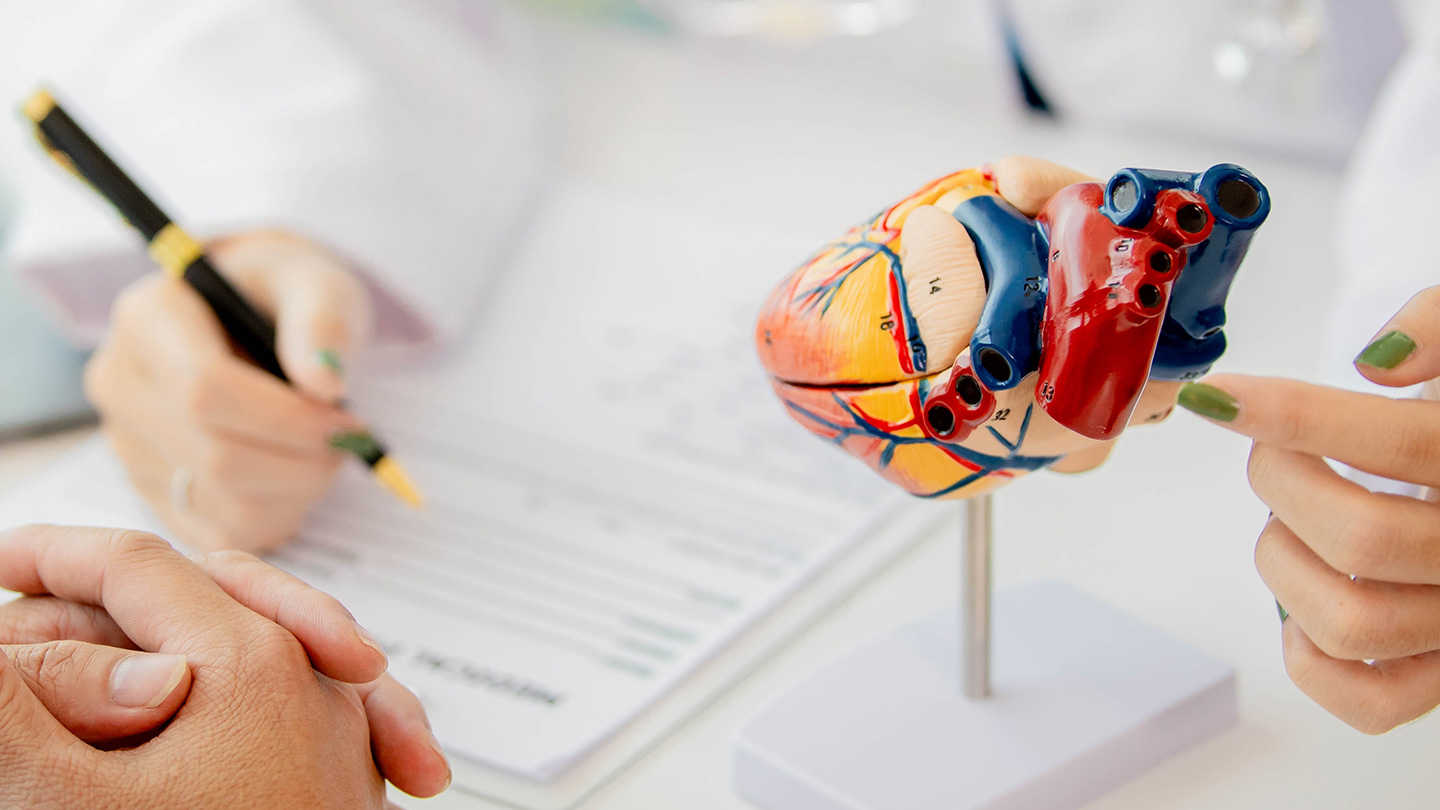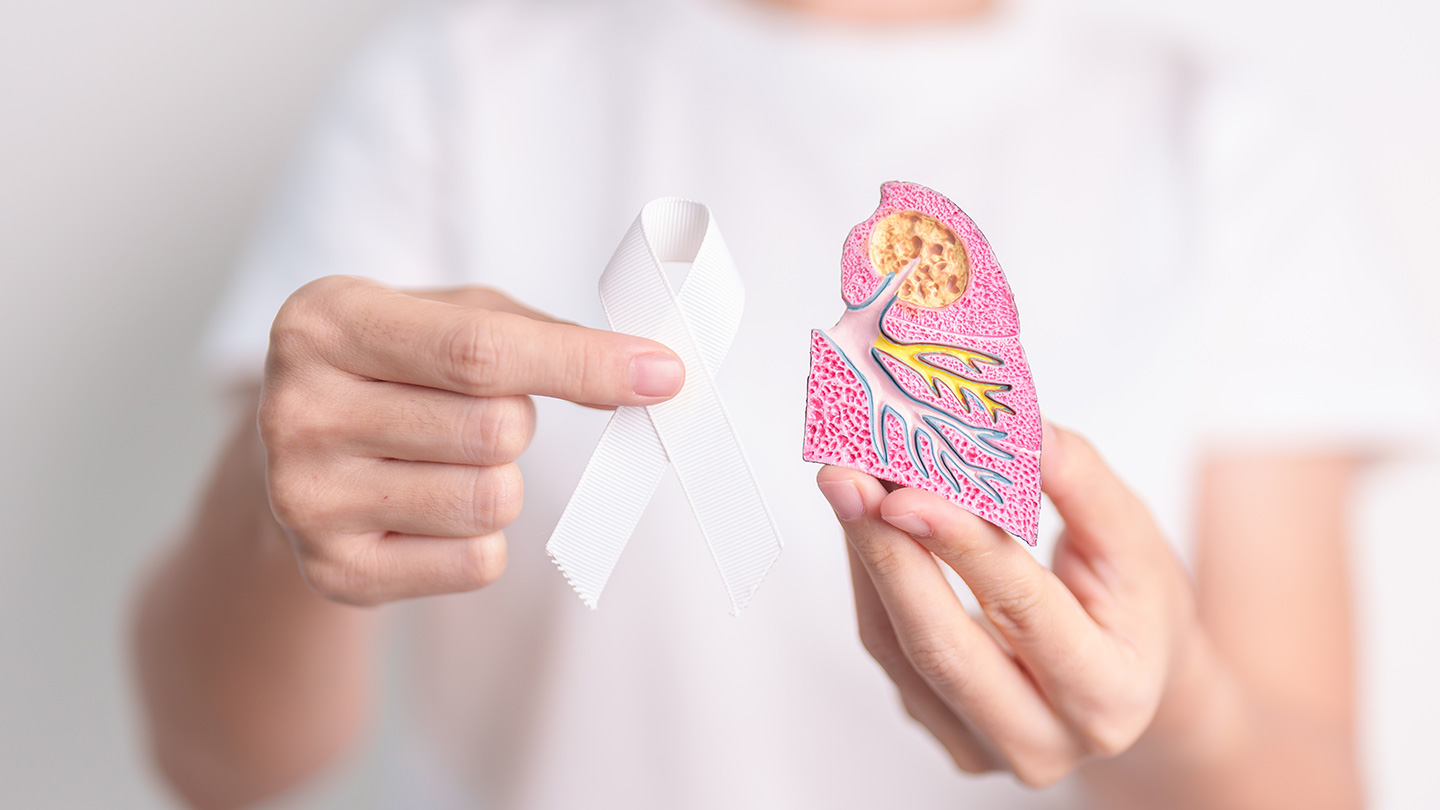Medical
Hypertrophic Cardiomyopathy: The Silent Heart Condition Rising in Young Indians
Hypertrophic cardiomyopathy (HCM) is often called a “silent killer”, striking without warning and sometimes leading to sudden cardiac arrest in young adults. Here’s what you need to know..

The sudden death of Rohan Mirchandani, the 42-year-old co-founder of Epigamia, from cardiac arrest in December 2024 shocked many and highlighted a worrying trend: an increasing number of seemingly healthy young Indians collapsing unexpectedly, often at gyms or workplaces.
While lifestyle and stress play a role, experts note that genetic heart conditions such as hypertrophic cardiomyopathy (HCM) are often silent culprits, especially among those under 45. Cities like Bengaluru have reported multiple such cases in recent years, underscoring the urgent need for awareness, timely screening, and preventive care.
What is Hypertrophic Cardiomyopathy?
According to MedlinePlus (NIH), a service of the U.S. National Library of Medicine, Hypertrophic cardiomyopathy (HCM) is a genetic heart disease in which the heart muscle becomes abnormally thickened, most commonly the interventricular septum, making it harder for the heart to pump blood efficiently and potentially reducing its ability to relax and fill properlyHCM is classified into two types:
- Obstructive HCM: the thickened wall blocks blood leaving the heart.
- Non-obstructive HCM: the heart muscle stiffens but does not block blood flow.
Though the condition may sound rare, it is more common than most people realise.
How Common is HCM in India?
Globally, HCM affects around 1 in 500 adults. Given India’s large population, it is estimated that up to 7.2 million people in India are possibly affected, many without knowing it. Lack of screening and awareness means that HCM is often diagnosed late or missed altogether.
Related Story: What To Eat For A Healthy Heart
Causes of Hypertrophic Cardiomyopathy:
- Genetics: HCM is most commonly caused by mutations in sarcomere protein genes such as MYBPC3 and MYH7. It follows an autosomal dominant pattern, meaning that if one parent carries the gene, each child has a 50 per cent chance of inheriting it.
- Variable expression: Not everyone with the genetic mutation develops HCM, suggesting that environmental factors and other genetic variations may influence severity.
- Family history: A history of sudden cardiac death or unexplained fainting in close relatives can be a red flag for undiagnosed HCM.
Symptoms: The Silent Warning Signs:
HCM is notorious for being asymptomatic in many cases. When symptoms do appear, they often mimic less serious conditions, making early detection challenging.
Key symptoms include:
- Shortness of breath, especially during exercise
- Chest pain or tightness
- Heart palpitations or fluttering
- Dizziness or fainting spells (syncope)
- Fatigue and swelling in the legs
These symptoms should never be ignored, particularly in young athletes and individuals with a family history of heart disease.
Related Story: Cardiac Rehabilitation: Heal Your Heart At UR.Life
Complications of HCM:
If left unmanaged, hypertrophic cardiomyopathy can lead to:
- Arrhythmias (abnormal heart rhythms such as atrial fibrillation or ventricular tachycardia)
- Stroke, linked to atrial fibrillation
- Heart failure occurs as the stiffened muscle reduces pumping efficiency
- Sudden cardiac death, especially during vigorous exercise
Related Story: 7 Ways to Prevent Stroke
Rising Cases in Young Indians: Why the Alarming Trend?
In recent years, cases among adolescents and young adults in India have drawn attention. Several factors contribute to this rise:
- Greater awareness and improved diagnosis have led to more cases being reported.
- Strenuous physical activity in competitive sports may unmask previously silent HCM.
- Neglected family history: many families are unaware that sudden deaths in relatives could be linked to HCM.
- Gender bias in diagnosis — research suggests women are often underdiagnosed due to older diagnostic thresholds designed around male heart sizes.
Diagnosis and Screening: How to Be Prepared:
Since HCM can run silently in families, proactive screening is essential. Tests include:
- Electrocardiogram (ECG/EKG): checks the electrical activity of the heart.
- Echocardiogram (ECHO): ultrasound imaging to measure heart wall thickness.
- Cardiac MRI: provides detailed imaging when ECHO is inconclusive.
- Holter monitoring: tracks arrhythmias over 24 to 48 hours.
- Genetic testing: helps confirm mutations and screen family members.
Screening is particularly crucial for:
- Individuals with a family history of sudden cardiac death
- Young athletes with unexplained fainting, chest pain, or irregular heartbeats
Living With HCM: Must-Know Lifestyle Measures:
With proper management, many people with HCM lead normal lives. Key steps include:
- Regular cardiology check-ups to monitor progression.
- Medication management: beta-blockers, calcium channel blockers, and newer drugs like mavacamten can reduce symptoms and improve heart function.
- Lifestyle adjustments:
- Avoid extreme or high-intensity sports unless cleared by a doctor.
- Follow a heart-healthy diet rich in whole grains, vegetables, and lean proteins, while limiting salt and unhealthy fats.
- Manage stress and avoid stimulants such as excess caffeine.
- Medical interventions:
- Septal myectomy (surgical removal of thickened heart muscle)
- Alcohol septal ablation (less invasive option)
- Implantable cardioverter-defibrillator (ICD) for those at risk of sudden cardiac death
Related Story: Lifestyle Changes That Keep Your Heart Healthy, A Cardiologist’s Code
Hypertrophic cardiomyopathy (HCM) may often remain hidden, but its impact can be life-threatening if left undiagnosed. In India, where thousands could be silently living with this condition, the risk of sudden cardiac events is a growing concern. Young adults, athletes, and those with a family history are especially at risk, underscoring the urgent need for greater awareness, timely screening, and proactive care. With the right knowledge and medical support, HCM can be managed effectively, allowing individuals to lead healthier and safer lives.
Regular health checks are essential for everyone, but they are particularly important for individuals who are at risk of or already have (condition name). Taking regular health checks can help detect (condition name) at an early stage when it is easier to manage and treat. With the UR.Life HRA, we help you to invest in your well-being through seamless interventions and targeted medical treatments. Our holistic wellness approach caters to all aspects of your well-being. We ensure that you can bring your whole self to work.
With our medical professionals by your side, routine health check-ups will never be an issue. Advanced laboratory technologies back UR.Life’s Occupational Health Centers (OHC), and with highly qualified experts/technicians, we’re committed to delivering trusted and quality recommendations, modifications and advice to you.
EXPLORE MORE
It’s not about lowering on number; it’s about knowing the right ones.
A promising new breast cancer vaccine aims to prevent triple-negative breast cancer by training the immune system to attack risky proteins.
New research has identified four biologically distinct autism subtypes, opening the door to earlier, more precise diagnosis and personalised support.
Lung cancer often whispers before it screams. From lingering coughs to unexpected voice changes, the body drops hints you don’t want to miss.







.jpg)

